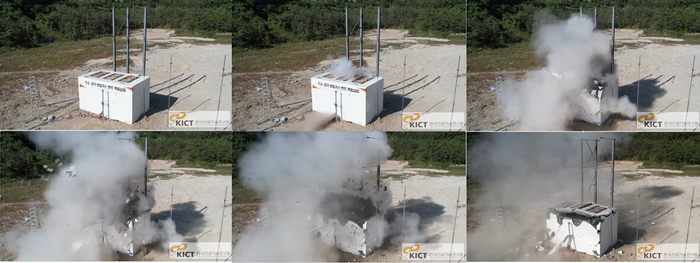The stem cells that proliferate the most in response to damage caused by cigarette smoke repair their DNA using a process prone to errors, setting the stage for lung cancer, according to a study publishing January 26, 2017 in the open-access journal PLOS Biology by Marie-Liesse Asselin-Labat and her team of the Walter and Eliza hall Institute of Medical Research, Australia.
Smoking is a strong risk factor for squamous cell carcinoma, the second most common form of lung cancer, but the relative contributions to carcinogenesis of two types of lung stem cells (basal cells and alveolar progenitor cells) –and the molecular reasons for accumulation of the DNA damage that leads to cancer — have not been clear. To explore these issues, the authors isolated both types of cells from the lungs of heavy smokers and compared the activity of their genes, their rates of cell division, and their ability to repair their DNA in response to damage.
They found that carcinoma cells from smokers carried the "transcriptional fingerprint" (i.e. the pattern of genes that were switched on or off) of basal cells, suggesting that the tumors may originate from this type of cell. They showed that basal cells were much more efficient at repairing DNA damage, allowing them to survive and reproduce following exposure to chemicals or radiation that damaged the DNA. However, the principal repair pathway used by basal cells, called "non-homologous end joining," introduced many errors into the DNA. The combination of rapid but error-prone repair, the authors suggest, leads basal cells to accumulate a high burden of mutations that ultimately leads to carcinoma.
"Our results indicate that targeting DNA repair processes may be a promising approach to preventing and treating this form of lung cancer," said Asselin-Labat.
###
In your coverage please use this URL to provide access to the freely available article in PLOS Biology: http://dx.plos.org/10.1371/journal.pbio.2000731
Citation: Weeden CE, Chen Y, Ma SB, Hu Y, Ramm G, Sutherland KD, et al. (2017) Lung Basal Stem Cells Rapidly Repair DNA Damage Using the Error-Prone Nonhomologous End-Joining Pathway. PLoS Biol 15(1): e2000731. doi:10.1371/journal.pbio.2000731
Funding: Australian Post-graduate Award. Received by CEW. The funder had no role in study design, data collection and analysis, decision to publish, or preparation of the manuscript. Victorian State Government Operational Infrastructure Support. The funder had no role in study design, data collection and analysis, decision to publish, or preparation of the manuscript. National Health and Medical Research Council (grant number 1058892 and 1054618). Received by GKS. The funder had no role in study design, data collection and analysis, decision to publish, or preparation of the manuscript. Victorian Cancer Agency (grant number TS10-18). Received by MLAL. The funder had no role in study design, data collection and analysis, decision to publish, or preparation of the manuscript. The Viertel Charitable Foundation Senior Medical Research Fellowship. Recevied by MLAL. The funder had no role in study design, data collection and analysis, decision to publish, or preparation of the manuscript. CRC Cancer Therapeutics PhD Top-up Scholarship. Received by CEW. The funder had no role in study design, data collection and analysis, decision to publish, or preparation of the manuscript. Australian Government NHMRC IRIISS. The funder had no role in study design, data collection and analysis, decision to publish, or preparation of the manuscript.
Competing Interests: The authors have declared that no competing interests exist.
Media Contact
Marie-Liesse Asselin-Labat
[email protected]
############
Story Source: Materials provided by Scienmag





